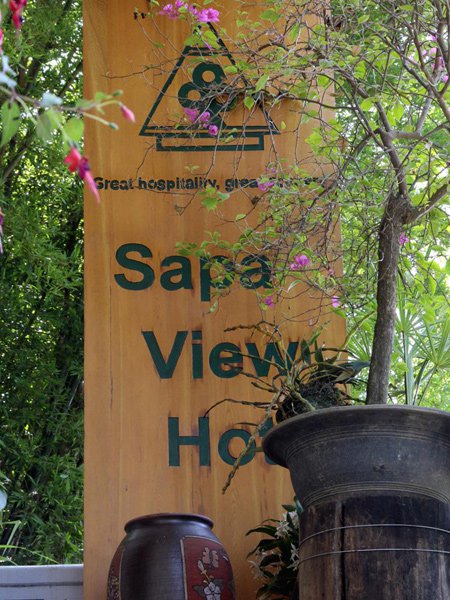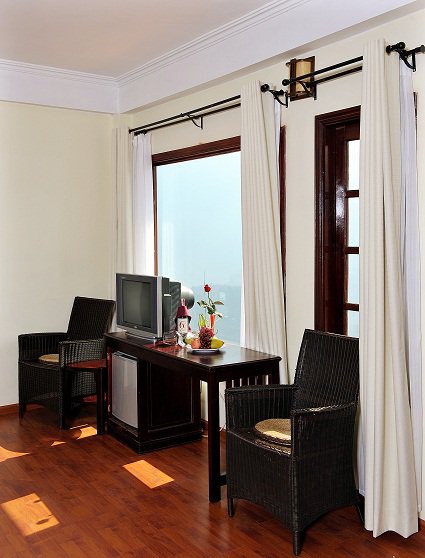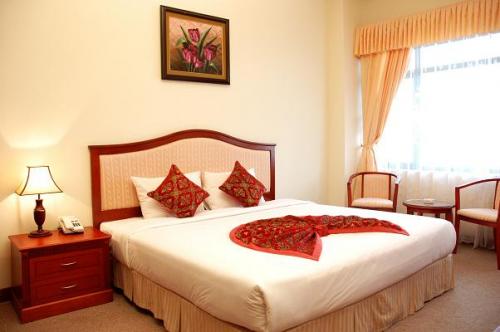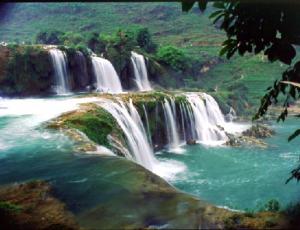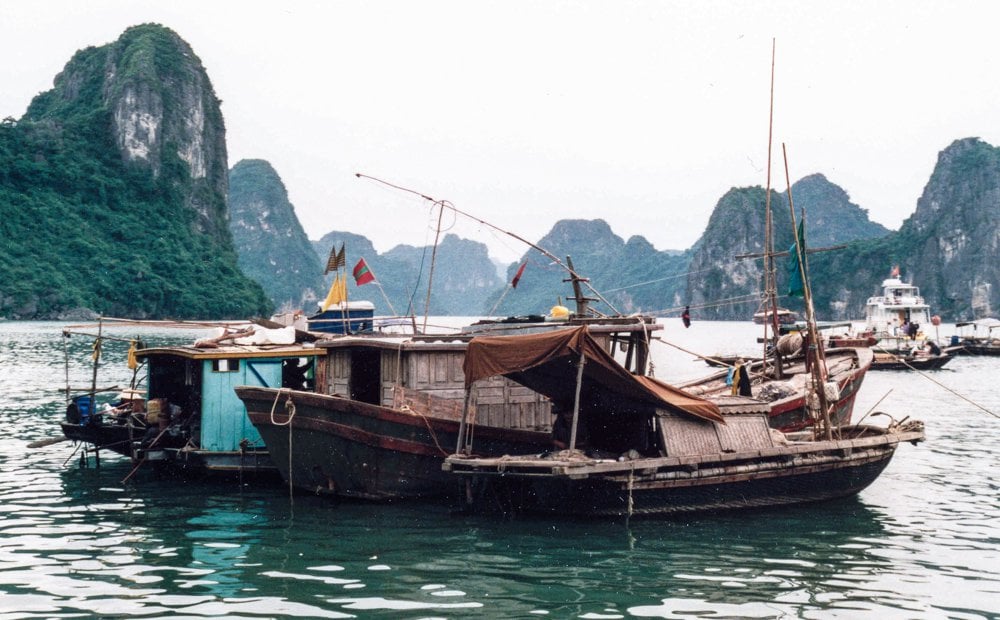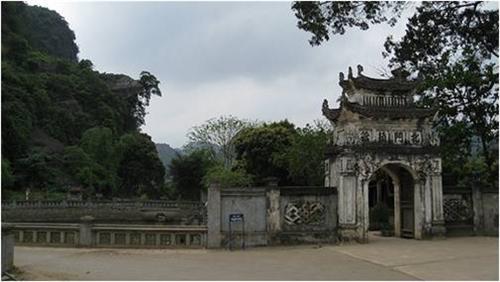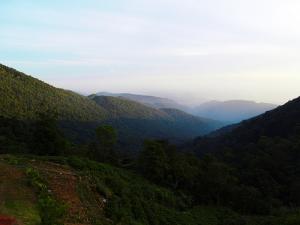Northern Vietnam
Northern Vietnam extends from the 17th latitude in the middle of Vietnam to the Chinese border in the North, the Laotian and Cambodian borders in the west, and covers several islands and sea areas in the East. The region offers a truly diverse environment. As opposed to the tropical south, the region features a moderate climate with only 2 seasons (summer and winter). It is composed of several distinct geographical areas.
Its northern highlands are home to various minorities, descendants of several mountain tribes from the Hoang Lien Mountain. Sapa, renowned for its never-ending green rice terraces, is the cultural and touristic center in the area.
In the center of northern Vietnam, situated in a widely stretched plane, is the metropolis Hanoi - the country’s capital. Throughout the last two millennia many sovereigns and dynasties ruled over Vietnam from here. The French colonialists held their headquarters in Hanoi, evident of which, is the French quarter near the Hoan-Kiem-Lake. At present, this is where the government holds their offices. Among the most important attestations of Vietnamese communism are also found here.
A short distance south from Hanoi lies a former capital: Hoa Lu. The widely spread plane is separated by several small rivers that pass through towering and scenic limestone peaks famous for their unique formations. These lime stones were once part of the same formation from those in Ha Long Bay which, with its over 2000 islands and islets, is a famous landmark in Vietnam and became listed as among the "Seven New Wonders of the World".
Listening to ancient stories and legends about dragons, fairies, phoenixes, turtles and other sacred beings shows how much mystery is embodied in this place. Vietnam’s interesting culture, along with the many mythology and old traditions learned from invaders or locals, continues to flourish and is widely appreciated today more than ever before.
Its northern highlands are home to various minorities, descendants of several mountain tribes from the Hoang Lien Mountain. Sapa, renowned for its never-ending green rice terraces, is the cultural and touristic center in the area.
In the center of northern Vietnam, situated in a widely stretched plane, is the metropolis Hanoi - the country’s capital. Throughout the last two millennia many sovereigns and dynasties ruled over Vietnam from here. The French colonialists held their headquarters in Hanoi, evident of which, is the French quarter near the Hoan-Kiem-Lake. At present, this is where the government holds their offices. Among the most important attestations of Vietnamese communism are also found here.
A short distance south from Hanoi lies a former capital: Hoa Lu. The widely spread plane is separated by several small rivers that pass through towering and scenic limestone peaks famous for their unique formations. These lime stones were once part of the same formation from those in Ha Long Bay which, with its over 2000 islands and islets, is a famous landmark in Vietnam and became listed as among the "Seven New Wonders of the World".
Listening to ancient stories and legends about dragons, fairies, phoenixes, turtles and other sacred beings shows how much mystery is embodied in this place. Vietnam’s interesting culture, along with the many mythology and old traditions learned from invaders or locals, continues to flourish and is widely appreciated today more than ever before.





